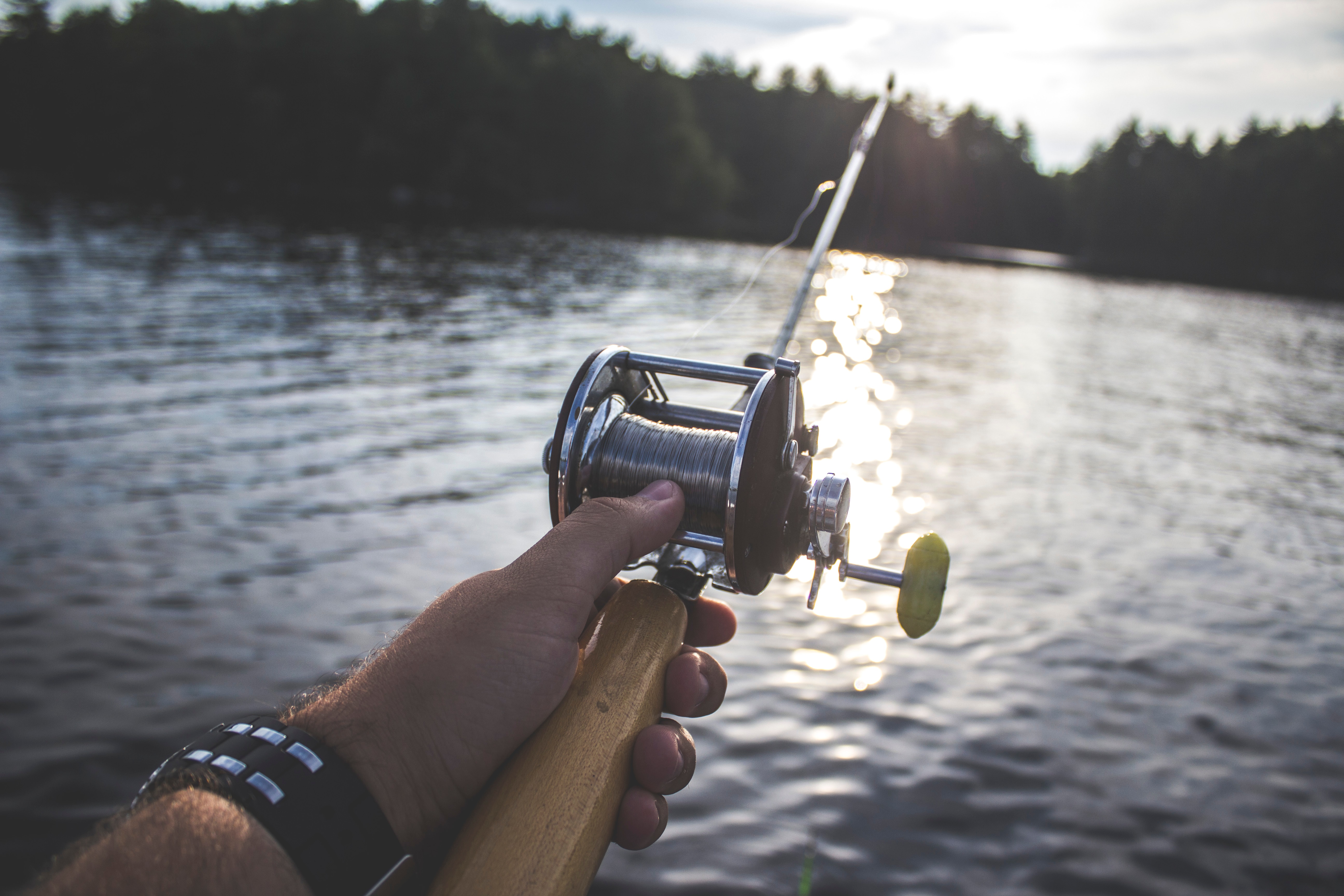For those who love the thrill of fishing, nothing beats the feeling of a big catch. But with so many variables in play, from weather conditions to bait selection, fishing can sometimes seem more like a game of chance than skill.
Fortunately, there are some tried-and-true tips that can help increase your chances of success. (And don’t forget to make sure your boat is properly insured before heading out.) Happy fishing!
Check the Weather
Always check the weather forecast before fishing. You don’t want to get caught in a storm or rough waters that could jeopardize your safety. If the forecast calls for high winds or heavy rain, it may be best to postpone your outing.
Additionally, certain weather conditions can make it harder to get a bite. For example, if the water is choppy or the wind is strong, it may be harder to cast your line and keep your bait in the right position.
Know Your Fish
One of the most important aspects of fishing is understanding the behavior and preferences of the fish you are trying to catch. Different fish have different feeding patterns, habitats, and preferred bait.
For example, bass fish prefer live bait, such as worms or minnows, and often hide in vegetation and near docks. On the other hand, trout typically prefer colder water and are found in deep pools and riffles.
Use the Right Bait
Fishing is all about attracting and enticing fish to bite your bait. Whether you prefer to use live bait or lures, selecting the right bait can be the difference between a successful day on the water and a disappointing one.
Live bait is a popular choice among many anglers, as it mimics the natural movement and scent of prey. Common live bait options include worms, minnows, crickets, and shrimp.
Alternatively, lures are a type of artificial bait designed to imitate natural prey, coming in a variety of different shapes, sizes, and colors.
Choose the Right Fishing Technique
Understanding the behavior and feeding habits of the fish you are trying to catch is key to selecting the right fishing technique. Here are some common options:
- Trolling: This is a popular technique used when fishing from a moving boat. It involves dragging bait or lures behind the boat to cover a large area of water. It’s ideal for catching walleye, musky, and salmon, which are usually found in deeper waters.
- Jigging: This technique involves moving a weighted jig up and down in the water, which mimics the movement of natural prey. It’s great for targeting fish located near the bottom of the water, like bass or trout.
- Casting: This is the most common fishing technique. It involves using a rod and reel to cast out, and requires a lot of patience and precision because the bait must be placed in the right location. Casting is great for bass and pike.
Keep Your Line Tight
Once you’ve hooked a fish, it’s important to keep your line tight to prevent the fish from getting away. A slackline can give the fish a chance to escape by spitting out the bait or breaking the line.
So, always keep tension on the line by keeping your rod tip up and reeling it in slowly and steadily. Avoid jerking or yanking on the rod, as this can give the fish the opportunity to break free. If you feel the fish pulling on the line, give it some slack by letting it swim away from the boat, and then reel in the line to tighten it once again.

